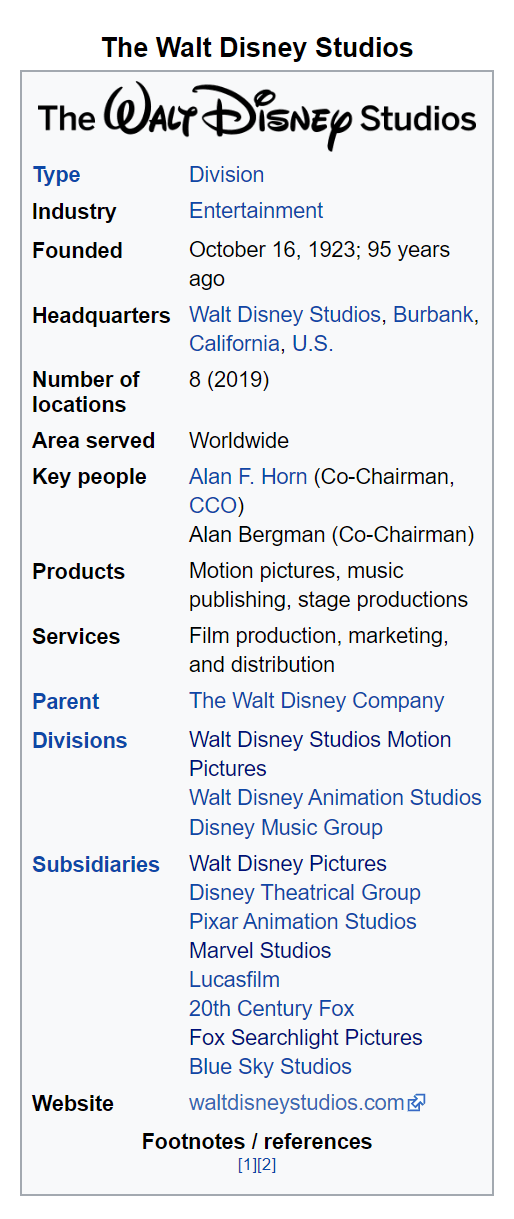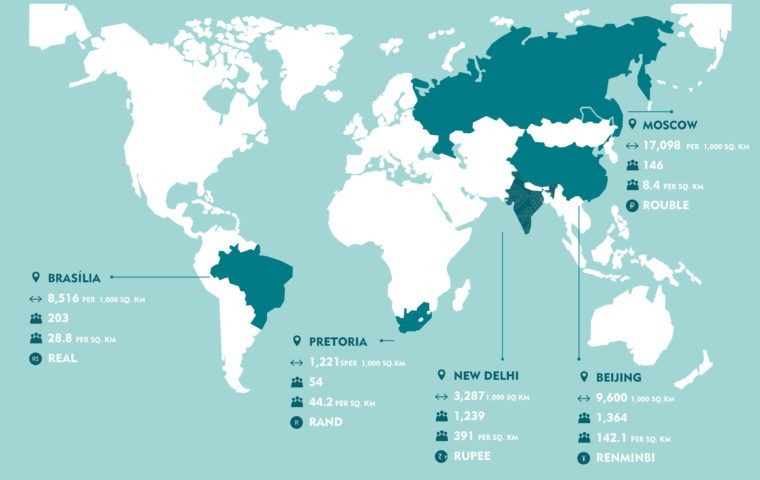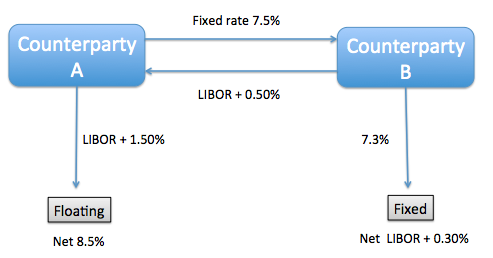Содержание

The industry breakdown provided by NSO had a direct concordance for most KLEMS sectors, except for detailed manufacturing and service industries (e.g., other services, including education and health). These sectors were split using additional information from ASI , NSSO unorganized manufacturing surveys , and value added distribution . This assumption may be justified in firm-level or plant-level analysis since they are price takers.
Although the model is estimated using data up to 2004, the prediction for 2011 differs from actual only by 1%, and the prediction for 2017 differs from actual by 0.1%. Based on their shares in value-added, their rates of growth and the potential for growth, we identified eight key industries—their combined share in value-added is around 50 per cent. Estimate labour quality index, following Jorgenson et al 41 using the equations explained above, and the data compiled in steps 1-3.
external economies accrue due to economies of scale are business-enhancing factors that occur outside a company but within the same industry. Similarly, numerous ancillary industries and services develop to cater to a large industry’s needs, while they would be deterred by a small industry. Vertical disintegration may make available to the firm a wider range of better quality and cheaper inputs. Generally, these economies accrue to large firms which enjoy higher efficiency from capital goods or machinery. Bigger firms having more resources at their disposal are able to install the most suitable machinery. As the scale of production is increased, up to a certain point, one gets economies of scale.
- It is worth examining which of the proximate sources explain the labour productivity growth—capital deepening, labour quality, or total factor productivity.
- As the firm increases its scale of production, it becomes possible to use better plant, machinery, equipment and techniques of production.
- That efficiency is attained as the corporate improves output when the typical price per product drops.
- In the same way, they enjoy a lot of concessions in bank borrowing and advertisements.
Price inelastic supply of key inputs traded on a market is a related explanation for diseconomies of scale. External diseconomies of scale result from economic resource or other constraints imposed on a firm or business by the external environment inside which it operates. When an industry is concentrated in a particular area, all the member firms reap some common economies.
Ask an economics question
Internal economies of scale check with how a firm gains lower common value – from the rise in the size of that particular firm. In financial jargon, diseconomies of scale happen when common unit prices start to improve. The graph below illustrates that at a degree Q1, common prices begin to enhance. External economies of scale, however, are achieved because of exterior components, or factors that have an effect on a complete industry. External economies of scale can occur due to constructive and negative externalities.

Its aim is to maximise profits which it does by equalising its marginal costs with the price of the product. Under perfect competition, it might produce at its minimum average cost in the long run. However, due to the presence of the diseconomies of finance, marketing or management, the firm may fail to operate its plant to its maximum capacity. For example, if the plant can manufacture 2000 units of the commodity per day, the firm may be producing 1500 units per day.
An internal economy of scale measures a company’s efficiency of production. That efficiency is attained as the company improves output when the average cost per product drops. This type of economy of scale is a consequence of a company’s size and is controlled by its management teams such as workforce, production measures, and machinery. Economies of scale are cost benefits that can happen when a company increases their scale of production and becomes more environment friendly, leading to a decreased value-per-unit.
Sources of External Economies of Scale
Firm X can reduce its average cost of production by $11 if it sets up its premises near the cluster. Many firms prefer to set up their premises close to centers engaged in research and development of efficient production methods. Firms can then quickly adapt to all innovations developed by these centers in order to achieve greater efficiency in production and, therefore, lower their costs. When several firms are located close to each other, they can access perfect information on the prices of inputs.

The cost of producing a unit of power would be very high to the electricity board because of the high cost of installing and operating the plant. But as the plant starts producing more units and till it reaches its maximum capacity of 2 lakh kw, the per unit cost of electricity will continue to fall. For example, smokers cause disutility to non-smokers, and noise nuisance from stereo systems to neighbours etc. Such diseconomies of consumption prevent the attainment of Pareto optimality. 7) Consumers are compelled to pay higher prices for different commodities due to the monopolistic tendencies.
What is an example of diseconomies of scale?
According to Pigou, when a firm renders a benefit or cost of a service to other firms without appropriating to itself all the benefits or costs of his service, it is an external economy of production. External economies of production accrue to one or more firms in the form of reduced average costs as a result of the activities of another firm. Internal economies of scale offer greater competitive advantages than external economies of scale. This is because an external economy of scale tends to be shared among competitor firms.
ESS TECH, INC. MANAGEMENT’S DISCUSSION AND ANALYSIS … – Marketscreener.com
ESS TECH, INC. MANAGEMENT’S DISCUSSION AND ANALYSIS ….
Posted: Thu, 02 Mar 2023 11:32:14 GMT [source]
As compared to a large firm, an industry is in a more advantageous position to provide welfare facilities to the workers. It may get land at concessional rates and procure special facilities from the municipal corporation of the area for setting up housing colonies for the workers, public health, and recreational facilities, etc. It may also establish educational institutions, both general and technical, so that a continuous supply of skilled labour is available to the industry.
Why do external economies of scale occur?
For example, in the cotton textile industry some firms may specialise in manufacturing thread, Others in printing, still others in dyeing, some in long cloth, some in dhoties, some in shirting, etc. As a result, the productive efficiency of the firms specialising in different fields increases and the unit cost of production falls. When the majority of firms enjoy the economies of large scale production, they are also available to an industry which comprises those firms. We discuss below the various economies of scale which accrue to a firm and an industry. The internal economies and diseconomies of scale cause the long run average cost curve to fall and rise, making it U-shaped. In other words, these economies accrue to other firms in the industry with the expansion of a firm.
Another major reason for the onset of internal diseconomies is the emergence of technical difficulties. If a firm operates beyond these limits technical diseconomies will emerge out. For instance, if an electricity generating plant has the optimum capacity of 1 million Kilowatts of power; it will have lowest cost per unit when it produces 1 million Kilowatts. Beyond, this optimum point, technical economies will stop and technical diseconomies will result. The kinds of problems and phenomena we have discussed are not unique to the operation of a private enterprise social economy, although they have been most extensively treated by economists in such a context.

These diseconomies mostly reflect the problems of large scale organization. Extensive division of labour makes labour monotonous, and increases alienation and irresponsibility. But management itself loses in efficiency beyond a scale of production.
Internal economies may lead to external economies of scale or external economies may lead to internal economies. In the effort to maintain control and coordination, the system gets so bureaucratized that work seems to expand “so as to fill the time available for its completion”(Parkinson’s Law). Finally, logistics become a formidable barrier as the scale of production expands, and the average selling costs also begin to rise after a point. Managerial economies refer to production in managerial costs and proper management of large scale firm. Under this, work is divided and subdivided into different departments.
Since all firms purchase inputs from the same suppliers, the latter cannot charge different prices from different firms. The elimination of discriminatory pricing ensures that no firm pays a higher amount for inputs, and it reduces the overall average cost. Marketing economies of scale occur when the firm advertises or markets its products. Contrarily, external economies of scale refer to the outside factors that affect the whole industry. 4.Internal economies cause the long-run average cost to fall in the initial stage and internal diseconomies cause the long-run average cost to rise at the later stage.
Thus, the shape of LAC https://1investing.in/ is determined by internal economies and diseconomies as scale expands. Selling diseconomies set in if the scale of production is expanded beyond optimum level. Economists call that type of price undercutting as a “moat” around the company benefiting from economies of scale. The problem for competitors in this scenario is that they usually don’t have the vast financial resources to remain competitive in a market where competitors have already achieved economies of scale. This includes using educational attainment data from Barro and Lee , assuming a constant rate of return for education (Bosworth et al., 2007). As a related line of research, connected with the role ICT in enhancing the performance of industrial firms/plants in India, the impact of ICT on exports has been studied in Banga and Banga and Goldar .
The firm can use its by- products and waste material to produce another material. A company that can provide their products at a lower cost to buyers will likely attract even more buyers, giving the company a decided price advantage over its competitors. For instance, non-market services occupy more than 40 per cent of all construction investment in the economy. Agriculture nearly halved its relative presence in construction investment from 19 per cent in the 1980s to 10 per cent in the 2000s. Consider, for instance, the use of captive power in manufacturing plants, which is done to tackle power shortages faced by them. If the extent of power shortage goes down over time, the manufacturing plants may shift from captive generation to grid power.
VERITIV CORP MANAGEMENT’S DISCUSSION AND ANALYSIS OF FINANCIAL CONDITION AND RESULTS OF OPERATIONS (form 10-K) – Marketscreener.com
VERITIV CORP MANAGEMENT’S DISCUSSION AND ANALYSIS OF FINANCIAL CONDITION AND RESULTS OF OPERATIONS (form 10-K).
Posted: Tue, 28 Feb 2023 21:16:25 GMT [source]
Infrastructure economies of scale arise when public infrastructure is put to profit in the industry. Large enterprises usually have greater cost-benefits and a competitive edge as compared to the small companies because the cost per unit generally depends on how much the enterprise manufactures. 7.Internal economies are in the form of technical economies like superior techniques, use of by- products, etc.; managerial economies; commercial economies; financial economies and risk-bearing economies. With the concentration of an industry in a particular area, the demand for factors of production rises. This may result in exploration of new and cheaper sources of raw materials, machinery, etc. The advertisement expenditure and marketing overheads increase more proportionately with the scale.
The personnel .officer evaluates the working efficiency of the labour if possible. Workers are skilled in their operations which save production, time and simultaneously encourage new ideas. The localization of an industry in a particular place or region pollutes the environment. The main cause of the internal diseconomies is the lack of efficient or skilled management. When a firm expands beyond a certain limit, it becomes difficult for the manager to manage it efficiently or to co-ordinate the process of production. Moreover, it becomes very difficult to supervise the work spread all over, which adversely affects the operational efficiency.
 Consultorio Jurídico Virtual Consultorio Jurídico Virtual
Consultorio Jurídico Virtual Consultorio Jurídico Virtual